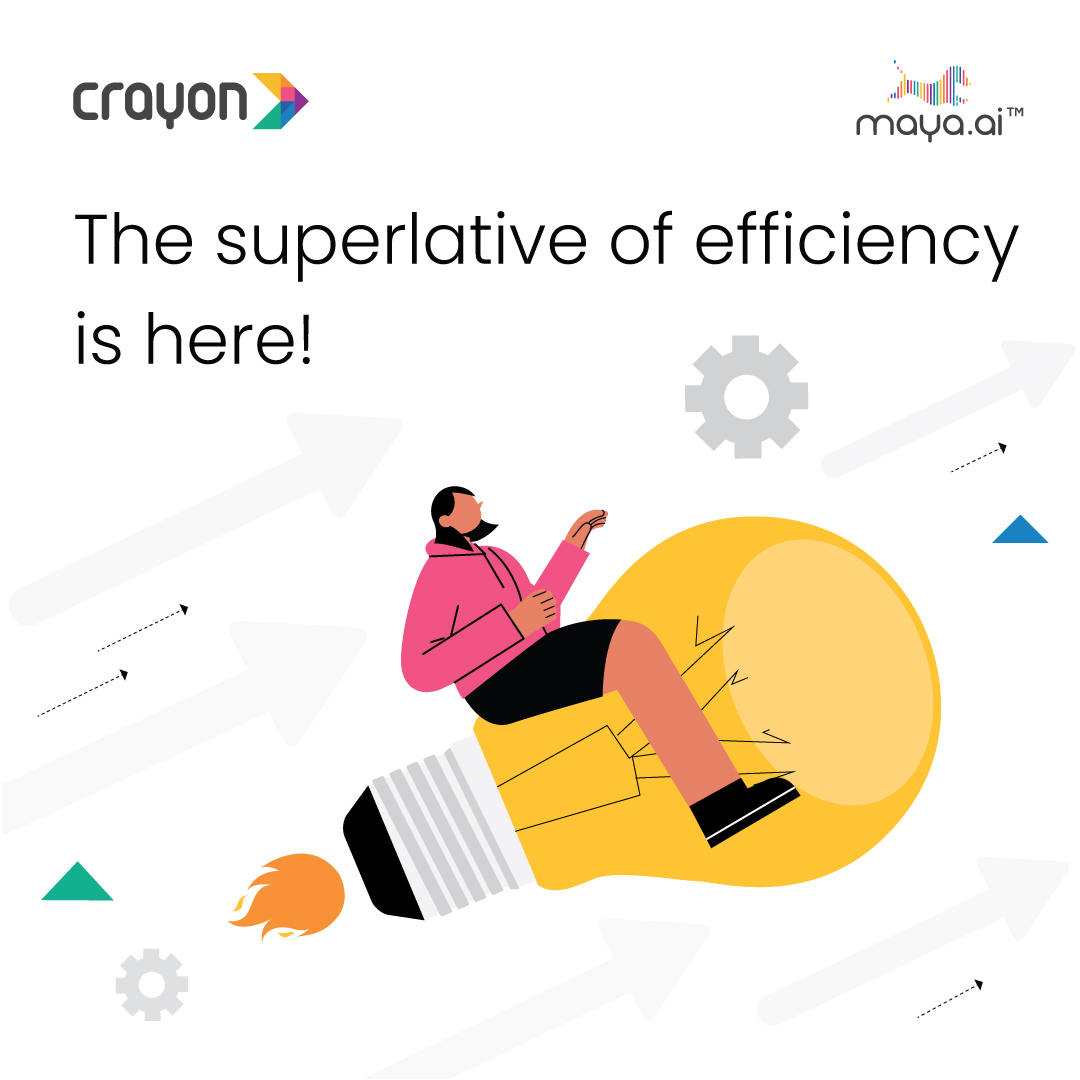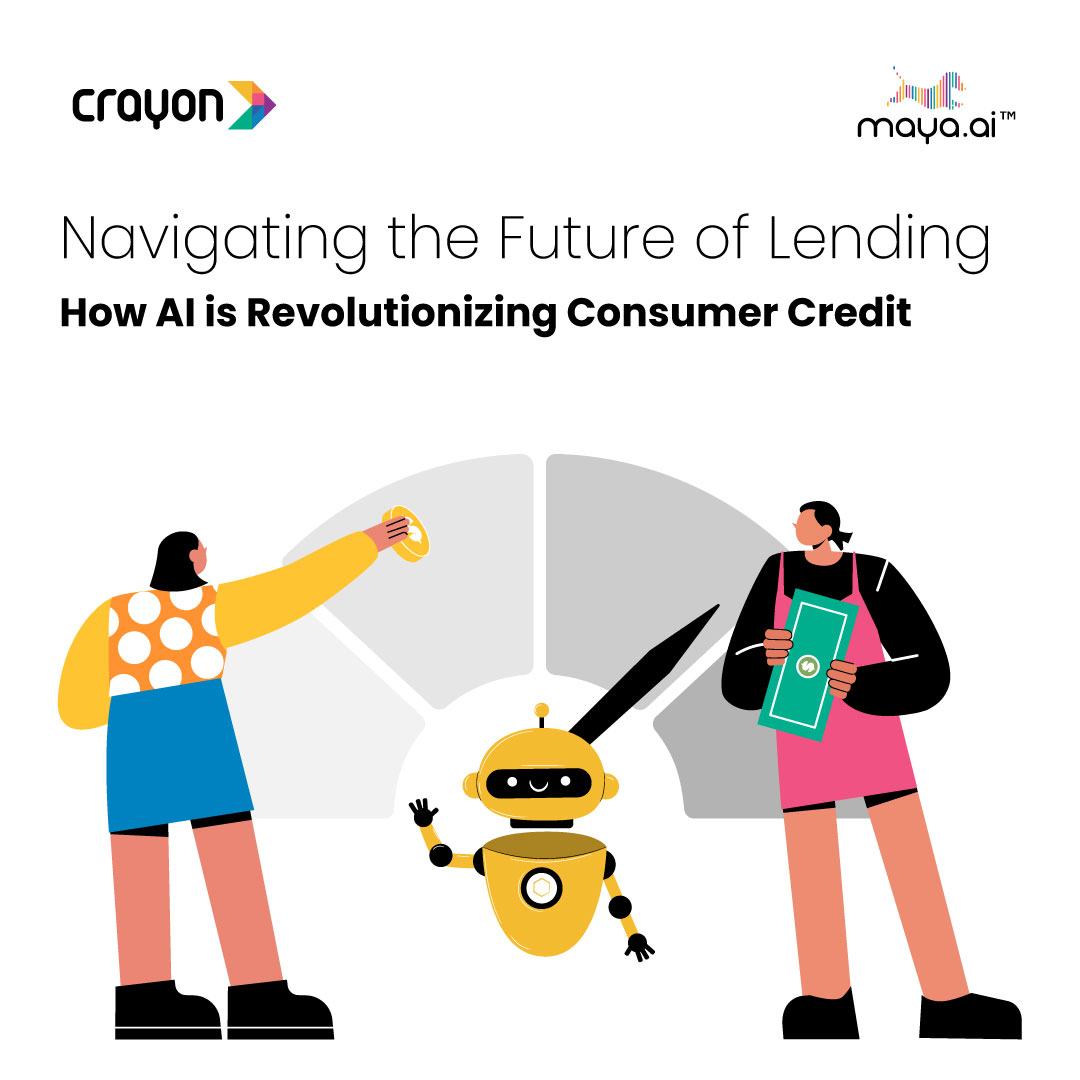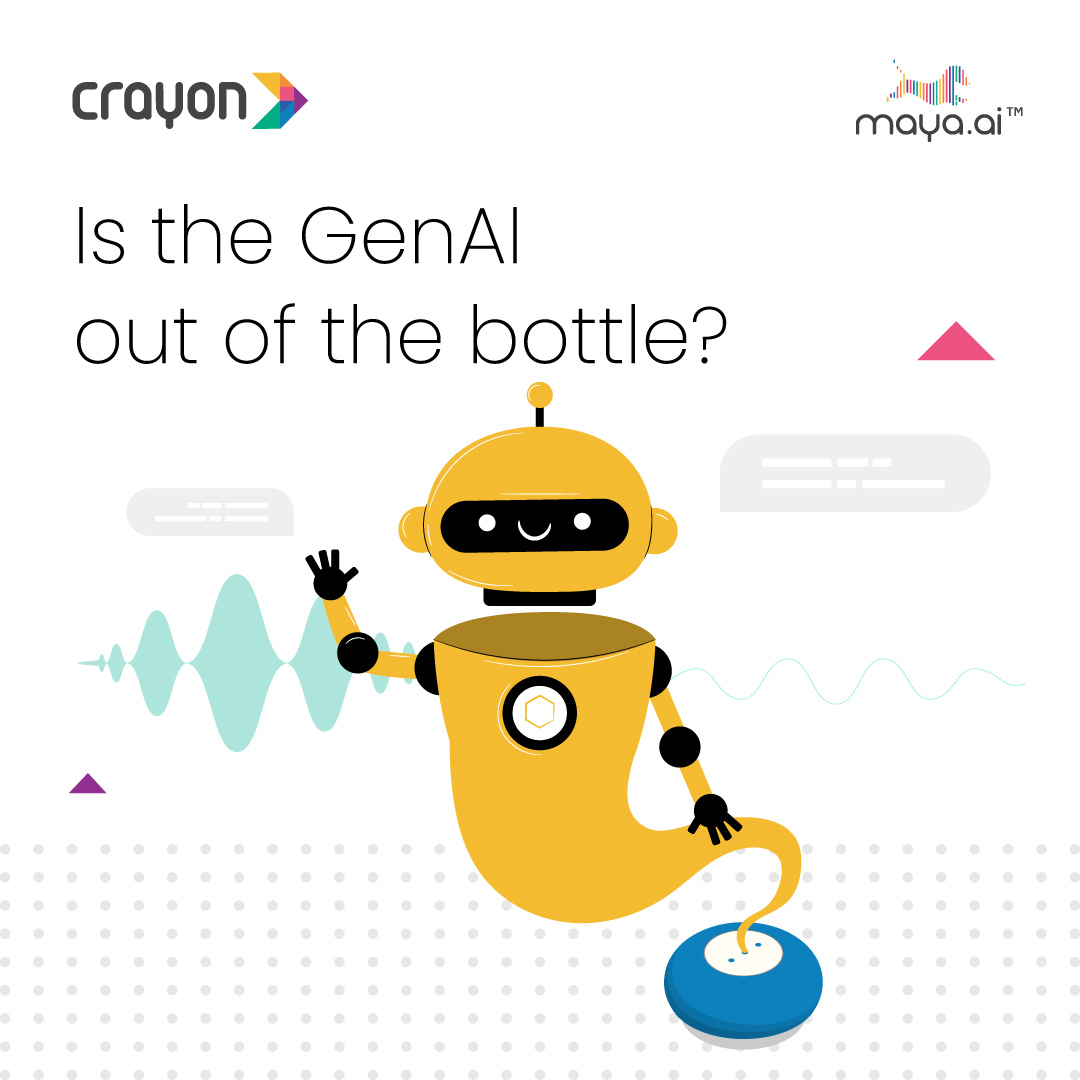“The nonstatistician cannot always recognize a statistical problem when he sees one.”
— W. Edwards Deming
“The key element for a successful (big) data analytics and
data science future is statistical rigor and statistical thinking of humans.”
— Diego Kuonen
For business, the recent growth in fact-based decision-making has provided a path to innovative new products and an escape for companies in disrupted industries. Over the coming years, we should expect a corresponding growth in statistical malfeasance. How large, you may well ask. We cannot be sure; even measuring today’s statistical malfeasance is difficult. In addition to market forces, an important ingredient in this flood of data and analyses is a number of misunderstandings about the purview of statistics, statistical thinking and the underlying statistical assumptions.
In my experience, the best protection from statistical malfeasance is to leverage what I call the three pillars for best statistical practice: statistical qualifications, diagnostics and review” (QDR; see “A Practitioner’s Guide To Business Analytics” [1]). The better we understand statistics problems, the better we can identify the best statistical qualifications, interpret the right statistical diagnostics and apply an appropriate statistical review.
We need to use statistical diagnostics to measure the accuracy and reliability of results. Diagnostics are far more important for statistics problems, which do not have unique solutions in the way that we can mathematically deduce one answer. We need statistical review to continuously improve decision-making, data analysis and data management. Again, these three pillars are best facilitated using a savvy understanding of statistics problems.
The article continues in the May/June 2015 issue of Analytics Magazine. Click here to read.




